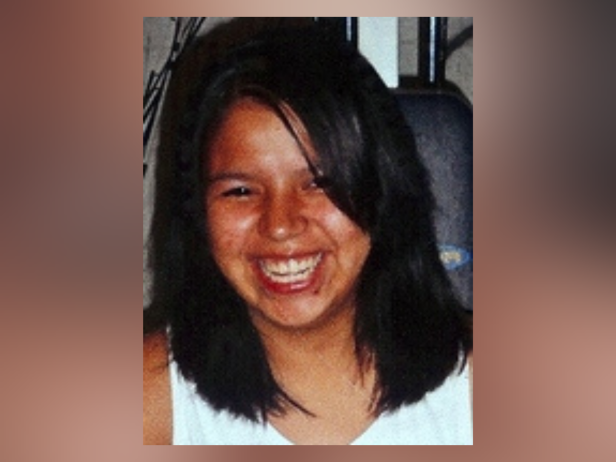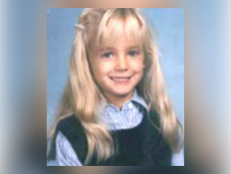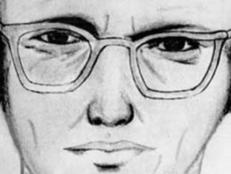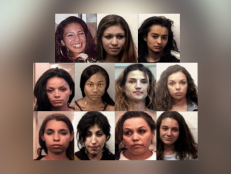Questions Remain In 2009 Case Of High School Senior Found Dead On Minnesota Tribal Land
Stacy Hill, a Red Lake Nation girl, is remembered as a creative and popular student who loved “long walks with family and friends.”

U.S. Department of the Interior
A 17-year-old girl was discovered dead on a northwestern Minnesota reservation nearly two months after she went missing, and over 13 years later there are still few answers about what happened to her.
Stacy Lanette Hill was last seen alive in early September 2009, and her remains were located on Oct. 27 that year on the Red Lake Indian Reservation, according to the U.S. Department of the Interior Indian Affairs.
An online obituary states Hill was born in Minneapolis and raised and educated in Red Lake, a sovereign tribal reservation owned and governed by members of the Red Lake Band of Chippewa Indians.
Hill, a high school senior, was a good student who was popular with teachers and classmates, and she was looking forward to graduating. “She was very creative,” the obituary notes. “She enjoyed beading, drawing, reading, basketball, using the computer, watching movies and taking long walks with family and friends.”
The teenager’s life was commemorated at a traditional funeral service in July 2010, nearly one year after she died.
A person posting to a Facebook memorial on Jan. 28, 2020, observed the date would have been Hill’s golden birthday.
In a 2014 post, another commented about how they loved and missed Hill, noting: “Wish u were here, just wish I knew what happened to u.”
Native American communities, and Indigenous women in particular, are the victims of assault, abduction and murder at rates far higher than the national average.
A 2016 National Institute of Justice study determined a staggering 84.3 percent of American Indian and Alaska Native women — or 4 in 5 — will have experienced violence in their lifetime. Over 56 percent have been the victim of sexual violence, according to the study.
Native women who live on reservations face a murder rate that is as much as 10 times the U.S. average, and homicide is listed as the third leading cause of their deaths, the Center for Disease Control and Prevention says.
The Bureau of Indian Affairs estimates there are currently well over 4,000 active missing and murder cases, many of which have remained unsolved “due to a lack of investigative resources available to identify new information from witness testimony, re-examine new or retained material evidence, as well as reviewing fresh activities of suspects.”
If you have information about a missing or murdered Indigenous person, contact the Bureau of Indian Affairs Missing and Murdered Unit via text (847411), phone (833-560-2065) or email (OJS_MMU@bia.gov).









